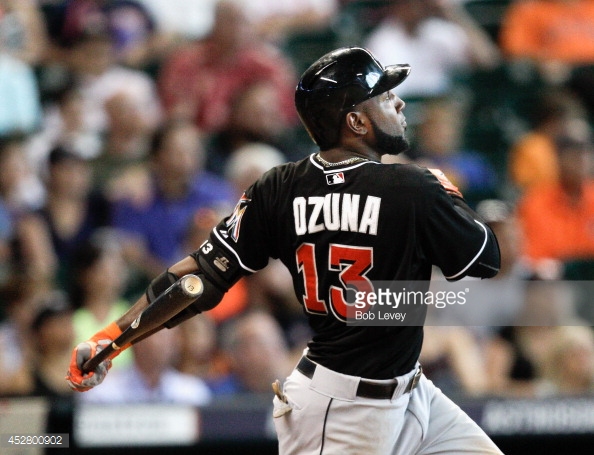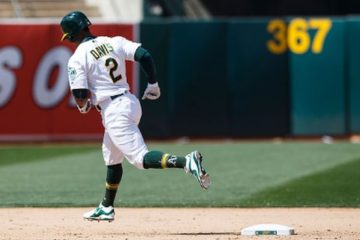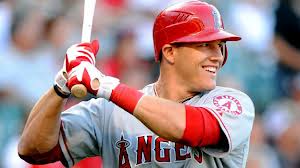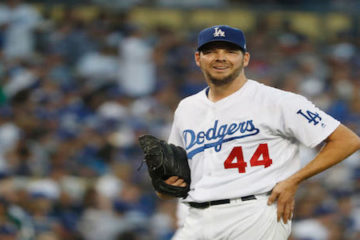2015 Fantasy Baseball: Names or Numbers?
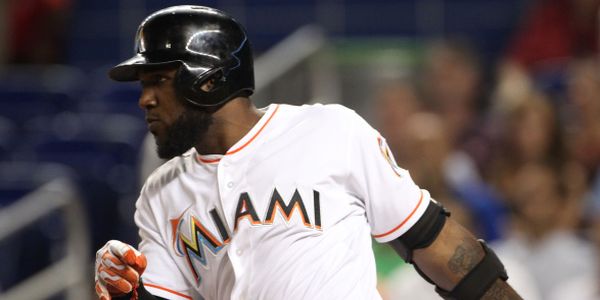
Fantasy drafts are like snowflakes, no two are the same. Adorable, right?
If you do a lot of mock drafts, then you know this to be true. If you aren’t doing a lot of mock drafts, well, why not? This Names or Numbers series is designed to help you keep an open mind on draft day while pursuing maximum value with each pick. As fantasy owners, we’re in pursuit of numbers, not the sexy names that your leaguemates are familiar with. It’s fairly common that those ‘known’ commodities come with an inflated cost on draft day and that’s what you want to avoid.
I’m going to show you a couple of side by side comparisons that may surprise you. I want to look at both the players’ production from last season along with their projections for the coming season to better tell the whole story. I know that one season sample sizes are insufficient and every projection system has its flaws. I get it. With that said, I think you’ll find this helpful when trying to maximize your return on investment on draft day. Let’s get it started.
Neither player set the world on fire, but it’s hard to look at that chart and explain why Player B is being selected 20 picks ahead of Player A. Steamer likes both of these players to improve this season, but the gap widens. Here’s a look at each player’s projections for 2015.
Player A is Pablo Sandoval. Player B is David Wright.
David Wright is coming off the board two rounds ahead of Pablo Sandoval according to the FantasyPros ECR (Expert Consensus Ranking). We’ve obviously stumbled into some value here, whether you buy into the projections or not. David Wright was clearly not himself last season, playing through much of the 2014 season with a shoulder injury that sapped his power numbers. The precipitous drop in slugging is hard to ignore, and not something I’m willing to bet returns to what we’ve come to expect from the 32-year old former first round pick.
Wright’s Steamer projection seems quite fair to me. They like him to bounce back but also expect him to fall short of returning value at his current seventh round draft slot. The dip in walk rate and rise of his strikeout rate are alarming as well, and it’s hard to know whether or not the shoulder plays into that equation. Wright has been a lock for double digit steals in years past, and 2014 brought a drop in attempts (only 13) and a plummeting success rate (+3). We’ve got red flags galore here.
Pablo Sandoval’s month to month production often fluctuates, similar to his fluctuating belt size from year to year, but his end of the season production is about as consistent as it gets. I think we’re seeing a bit of a Fenway bump in Sandoval’s projection numbers as he’s moving from spacious AT&T Park to Fenway Park. Knowing that Sandoval projects more like a seventh round pick instead of his current 11th round cost, you’re able to leverage that information on draft day when you’re on the clock and see David Wright as the highest ranked player in your queue. Let him pass, wait a couple of rounds and snatch up the Panda.
Now let’s take a look at a couple of young outfielders with varying degrees of playing experience heading into 2015.
Player A outperformed Player B across the board, but the ECR difference seems to be exaggerated. If Player B had a few more plate appearances it would be even closer. The gap gets even smaller when we look at their projections.
Player A is Justin Upton. Player B is Marcell Ozuna.
Justin Upton still comes out on top here, but it’s not the 6-7 round difference that we’re seeing in the ECR numbers. Still just 27 years old, Upton enters 2015 as the proven asset when compared to Marcell Ozuna. The former first overall pick is making a move west to San Diego where he’ll be a part of a much improved Padres offense, at least on paper. I don’t want to overreact to Upton’s move from Chase Field to Petco Park, but it’s hard to predict an uptick in Upton’s power output this year. I was hoping that Upton’s 2013 jump in strikeouts would be a one year spike, but it actually increased again in 2014, up to 26.7%. There’s no reason to anticipate a return to 18+ stolen bases for Upton, a number that he reached during four consecutive seasons while with the Diamondbacks from 2009-2012.
Marcell Ozuna was a pleasant surprise in 2014, and the 24-year old Marlins outfielder has the potential to build on his coming-out-party a year ago. His minor league track record had most pundits anticipating that Ozuna would hit for decent power right out of the gate, but he fell flat on his face in his 2013 debut. After just three home runs in 291 plate appearances in ’13, he made ‘the leap’ last season, and it’s backed up when you look at his batted ball distance gains. His 33 ½ foot increase in his average batted ball distance led the league last season. It’s encouraging that Ozuna slugged well at home, a park that no one will confuse for an offensive launching pad. His plate discipline resembles that of Justin Upton more than, say, Joey Votto, so don’t look for anything north of .270 here, but we can live with that. So when you’re tempted to pull the trigger on drafting Justin Upton in round 3, please wait. You aren’t giving much back when you take Marcell Ozuna in round 10 instead.
You can follow Ryan on Twitter @RyNoonan.






